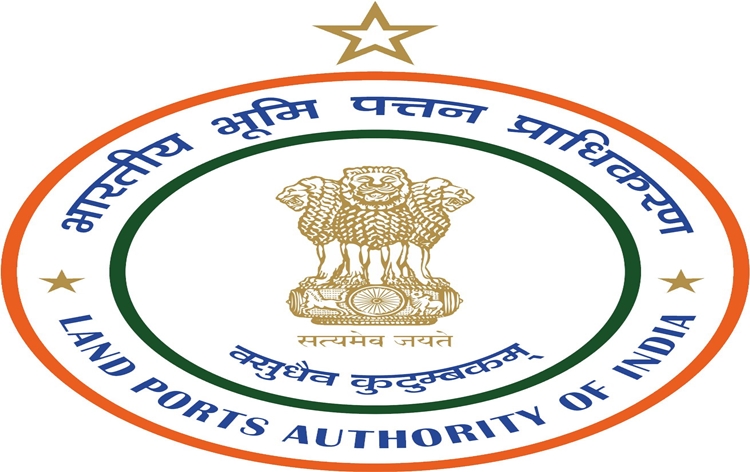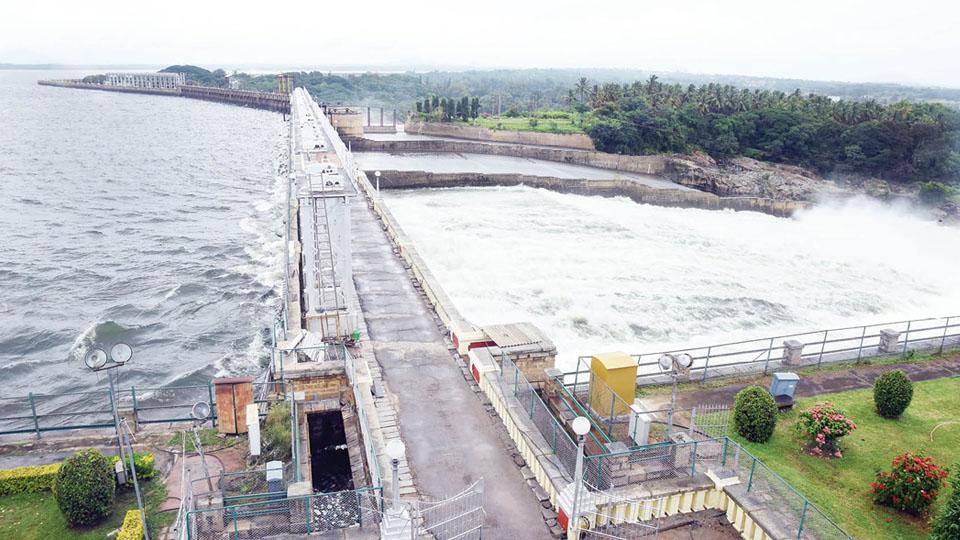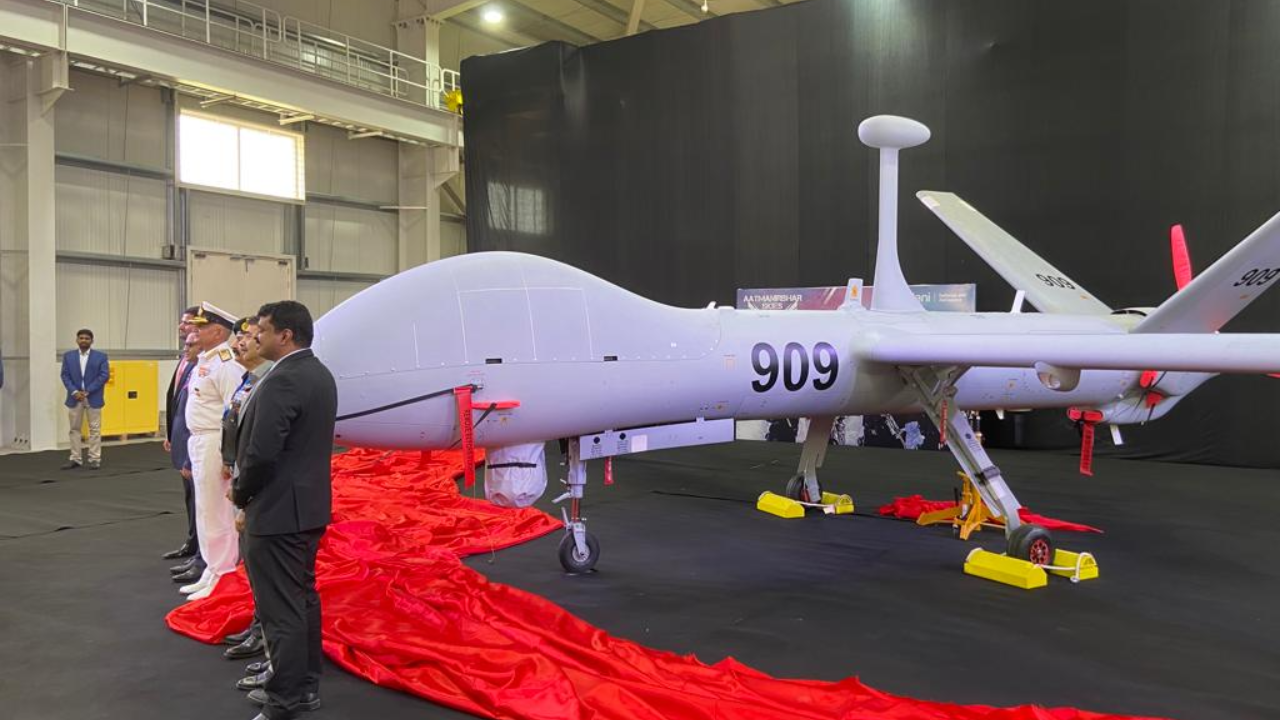The logic behind momentum investing (The Hindu)

- 10 Jan 2024
Why is it in the News?
Traditionally, experts have advised investors to buy assets when they are selling at low prices, such as during times of a financial crisis, as assets could be found selling at prices well below their intrinsic value. Momentum investing is in stark contrast to this traditional logic.
What is Momentum investing?
- Momentum investing refers to a style of investing wherein investors purchase assets such as stocks or bonds that are consistently rising in price while selling assets whose prices are falling.
- Momentum investors buy assets with rising prices in the hope that the upward price momentum of these assets would continue, thus allowing them to sell these assets at higher prices in the future to make profits.
- Similarly, they sell assets that are falling in price expecting the fall in prices to continue for some time.
- Momentum investing is based on the philosophy that there can be discernible trends in asset prices and that these trends tend to persist over time.
- The persistence of such trends gives investors an opportunity to recognise and participate in them early enough to make significant profits from their investments.
What is the Counter-logic?
- Momentum investors often invest money in assets whose prices have scaled new all-time highs, even if these assets are trading at prices that are far above their intrinsic value.
- Many academic studies have shown that momentum investing can generate high returns that comfortably beat the benchmark indices.
- Momentum investors generally do not conduct a deep analysis of the fundamental or intrinsic value of the assets in which they invest their money.
- They invest purely based on whether the price of an asset is showing a strong trend, either upward or downward, that they can ride on.
- For this reason, many critics argue that momentum investing can cause an unsustainable rise or fall in prices as momentum investors are blind to the actual value of these assets.
- This, they argue, can eventually lead to heavy losses for investors who are late to sell when the prices of these momentum-driven assets suddenly catch up with the assets’ intrinsic value.
- Some investors may combine value investing, which is based on assessing the intrinsic value of an asset, with momentum investing.
- These investors believe that taking into account the existing trend in the price of an asset can help save time and boost investment returns.
- It should be noted that traditional value investors believe in purchasing assets that are undervalued and selling them when the price of the asset has risen to match the asset’s intrinsic value.
- It might, however, take many years before the price of an asset rises to fully match its intrinsic value.
- Investors who combine value investing with momentum investing may be able to purchase an undervalued asset at just about the time when its price starts to trend towards its intrinsic value.
- This prevents investor money from being locked in for years in assets whose prices go nowhere.
Land Ports Authority Releases Report on Gender-Inclusive Framework for Cross-Border Trade in India (NewsOnAIR)

- 10 Jan 2024
Why is it in the News?
Land Ports Authority of India (LPAI) today released a report on 'Engendering Land Ports in India' in New Delhi. The main objective of the report is to develop a framework for gender-inclusive cross-border trade and tourism through land Ports in the country.
About the Land Ports Authority of India (LPAI):
- LPAI was established In 2012 as a statutory body under the LPAI Act of 2010.
- It comes under the purview of the Department of Border Management, Ministry of Home Affairs.
- Mandate: LPAI is entrusted with the development of cutting-edge infrastructure for its land ports.
- This infrastructure includes the construction of a Cargo Terminal Building, Passenger Terminal Building, deployment of mechanized equipment for cargo handling, implementation of security and surveillance measures at land ports, and the provision of forex counters.
- Growth: From its inception with just two land ports in 2012, LPAI has played a significant role in expanding India's operational land ports to 11, facilitating connections across the country's land borders with Bangladesh, Nepal, and Pakistan.
Land Ports in India:
- Integrated Check Posts (ICPs) are the official designations for land ports in India.
- The country currently boasts 11 operational land ports, namely Attari, Agartala, Dawki, Petrapole, Raxaul, Rupaidiha, Jogbani, Moreh, Sutarkandi, Srimantapur, and the Passenger Terminal Building (PTB) at Dera Baba Nanak.
- In the year 2023, significant trade activities were conducted through seven primary land ports: Attari, Agartala, Petrapole, Raxaul, Jogbani, Sutarkandi, and Srimantapur.
- These land ports played a crucial role in facilitating trade valued at Rs 76,000 crore and accommodating the movement of approximately 24 lakh passengers in the year 2023.
Why there is a Need for Land Ports in India?
- Given its strategic central location, India shares an extensive international land border spanning over 15,000 kilometres with seven South Asian countries: Afghanistan, Bangladesh, Bhutan, China, Myanmar, Nepal, and Pakistan.
- Numerous specified entry and exit points facilitate cross-border movements involving individuals, goods, and vehicles.
- However, the persistent challenge of inadequate infrastructure at these designated border checkpoints has posed a significant hurdle to regional trade, adversely affecting the smooth transit of both commodities and passengers.
- Recognizing this obstacle, the Committee of Secretaries recommended the establishment of Integrated Check Posts (ICPs) in 2003.
- These ICPs were envisioned to offer state-of-the-art infrastructure facilities, addressing the deficiencies in the existing border infrastructure and promoting more efficient cross-border interactions.
Launch of the Traditional Medicine Morbidity codes of Ayurveda, Siddha and Unani Chapter in International Classification of Diseases (ICD) 11 as Module 2 (PIB)

- 10 Jan 2024
Why is it in the News?
The launch event for Module 2 of the World Health Organization's International Classification of Diseases (ICD) 11 TM Morbidity Codes is scheduled to take place in New Delhi on January 10, 2024.
What is the International Classification of Diseases?
- Developed by the World Health Organization (WHO), the International Classification of Diseases (ICD) serves as a global standard for classifying diseases.
- The existing global data on diseases is primarily rooted in modern biomedicine practices, guiding diagnoses within healthcare systems worldwide.
- ICD plays a significant role on a global scale, offering crucial insights into the prevalence, causes, and consequences of human diseases and mortality.
- It achieves this by incorporating reported and coded data, forming the basis for clinical terms in health records and disease statistics across primary, secondary, and tertiary care, as well as cause-of-death certificates.
- The data and statistics derived from ICD coding contribute to various essential functions, including supporting payment systems, aiding in service planning, facilitating quality and safety administration, and driving health services research.
- Moreover, the standardized data collection associated with ICD categories allows for large-scale research initiatives.
- It's important to note that the WHO ICD series currently does not include the classification of data and terminology related to diseases based on Ayush systems such as Ayurveda, Siddha, Unani, etc.
- The Central Bureau of Health Intelligence (CBHI), operating under the Ministry of Health and Family Welfare, serves as the WHO Collaboration Centre for ICD-related activities.
- The CBHI plays a crucial role in collecting and disseminating data on various diseases and mortality.
What is the TM2 module of ICD11?
- The Ministry of Ayush has introduced the Code for Ayurveda, Siddha, and Unani Medicine, utilizing the National Ayush Morbidity and Standardised Electronic Portal (NAMASTE).
- In partnership with the World Health Organization (WHO), the Ministry of Ayush has collaboratively developed a comprehensive categorization of data and terminology about diseases based on Ayush systems, namely Ayurveda, Siddha, and Unani, within the TM2 module of the ICD11 series.
- Furthermore, the Ministry of Ayush has formalized this collaboration by signing a Donor Agreement with the World Health Organization for the implementation of these initiatives.
Karnataka High Court bans mining around KRS Dam in Mandya: ‘can’t turn Nelson’s eye to possible danger’ (Indian Express)

- 10 Jan 2024
Why is it in the News?
The Karnataka High Court has suspended all mining licenses for stone quarrying within a 20-km radius of the Krishna Raja Sagar (KRS) Dam in the Mysore-Mandya region of the state under provisions of the Dam Safety Act, 2021.
About the Krishnaraja Sagar (KRS) Dam:
- Krishnaraja Sagar (KRS) Dam is a gravity dam strategically positioned beneath the confluence of the Kaveri River with its tributaries, Hemavati and Lakshmana Tirtha, in Karnataka's Mandya district.
- Usage: The dam serves crucial roles, providing water for irrigation in Mysore and Mandya while acting as a primary drinking water source for Mysore, Mandya, and Bengaluru.
- Additionally, it facilitates power generation at the Shivanasamudra hydroelectric power station.
- Water released from the KRS Dam travels into Tamil Nadu and is stored in the Mettur Dam in the Salem district.
- History: Constructed during the reign of Maharaja Krishnaraja Wadiyar IV, the dam, completed in 1931, bears his name.
- The eminent Indian engineer Sir M. Visvesvaraya designed this impressive structure, commencing construction in 1911.
- Features: Built with a combination of surki mortar and limestone, the dam spans 2,621 meters (8,600 ft) in length and stands 40 meters (130 ft) high.
- Exhibiting an arch type, it boasts 177 iron sluices, some equipped with automatic doors.
- The reservoir covers about 130 square kilometres, making it the largest in Asia at the time of construction.
- A captivating addition to the site is the Brindavan Gardens, an ornamental garden intricately linked with the dam.
Key Details About the Kaveri River:
- Kaveri River, also spelt Cauvery, is a revered river in southern India, often referred to as the Ganga of South India.
- Origin: The river originates from the Brahmagiri Hill in the Western Ghats of southwestern Karnataka.
- Course: Flowing southeastward for a span of 765 km, Kaveri traverses through the states of Karnataka and Tamil Nadu, descending the Eastern Ghats with impressive cascades.
- Basin Coverage: The Kaveri basin spans the states of Tamil Nadu, Karnataka, Kerala, and the Union Territory of Puducherry.
- Outflow: Ultimately, the river empties into the Bay of Bengal at Poompuhar in the Mayiladuthurai district of Tamil Nadu.
- Left Bank Tributaries: Notable left bank tributaries include Harangi, the Hemavati, the Shimsha, and the Arkavati.
- Right Bank Tributaries: Major right bank contributors encompass Lakshmantirtha, the Kabbani, the Suvarnavati, the Bhavani, the Noyil, and the Amaravati.
Autonomous systems becoming the preferred choice in Order of Battle for nations across the globe: Navy Chief (The Hindu)

- 10 Jan 2024
Why is it in the News?
Chief of Naval Staff Admiral R Hari Kumar officially initiated the maiden indigenously produced Drishti 10 'Starliner' Unmanned Aerial Vehicle (UAV) for the Indian Navy.
What is Drishti 10 Starliner UAV?
- Drishti 10 Starliner Unmanned Aerial Vehicle is an advanced intelligence, surveillance, and reconnaissance (ISR) platform, developed by Adani Defence and Aerospace, and represents a significant leap forward in India’s defence technology.
- The Drishti 10 Starliner boasts an impressive 36 hours of endurance and a substantial 450 kg payload capacity.
- It stands out as the only all-weather military platform certified with NATO’s STANAG 4671 (standardized agreement 4671) for airworthiness, allowing it to operate in both segregated and unsegregated airspace.
- The UAV is equipped with state-of-the-art sensors, an extended endurance of 36 hours, and advanced communication capabilities.
- Its incorporation of new-age technologies such as Automatic Take Off and Landing (ATOL) positions it as a formidable asset.
- Notably, this UAV is a home-assembled version of the Hermes-900 MALE UAV, featuring an impressive 70% indigenous content.
- A notable feature of the Drishti 10 'Starliner' is its low maintenance demands, contributing to cost-effectiveness and operational efficiency.
- This quality enhances operational readiness, minimizing downtime and optimizing deployment opportunities.
- The Drishti 10 is outfitted with cutting-edge communication systems, encompassing satellite communication and Line-of-Sight (LOS) data links, guaranteeing dependable and secure data transmission.
What is Unmanned Aerial Vehicle (UAV)?
- A drone, also referred to as an unmanned aerial vehicle (UAV), is an aircraft that operates without a human pilot, crew, or passengers on board.
- UAVs are integral components of unmanned aircraft systems, comprising a ground-based controller and a communication system linked with the UAV.
Drones are categorized based on their weight, adhering to existing regulations:
- Nano: Equal to or less than 250 grams
- Micro: Between 250 grams and 2 kilograms
- Small: From 2 kilograms to 25 kilograms
- Medium: Between 25 kilograms and 150 kilograms
- Large: Exceeding 150 kilograms
